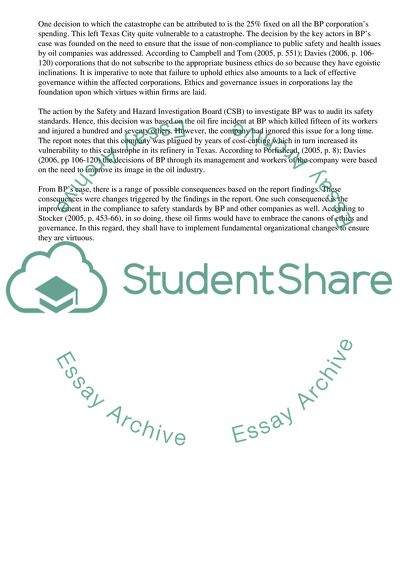Cite this document
(Best Practice in Corporate Governance Assignment - 1, n.d.)
Best Practice in Corporate Governance Assignment - 1. Retrieved from https://studentshare.org/management/1560668-ethics-and-governance
Best Practice in Corporate Governance Assignment - 1. Retrieved from https://studentshare.org/management/1560668-ethics-and-governance
(Best Practice in Corporate Governance Assignment - 1)
Best Practice in Corporate Governance Assignment - 1. https://studentshare.org/management/1560668-ethics-and-governance.
Best Practice in Corporate Governance Assignment - 1. https://studentshare.org/management/1560668-ethics-and-governance.
“Best Practice in Corporate Governance Assignment - 1”. https://studentshare.org/management/1560668-ethics-and-governance.


